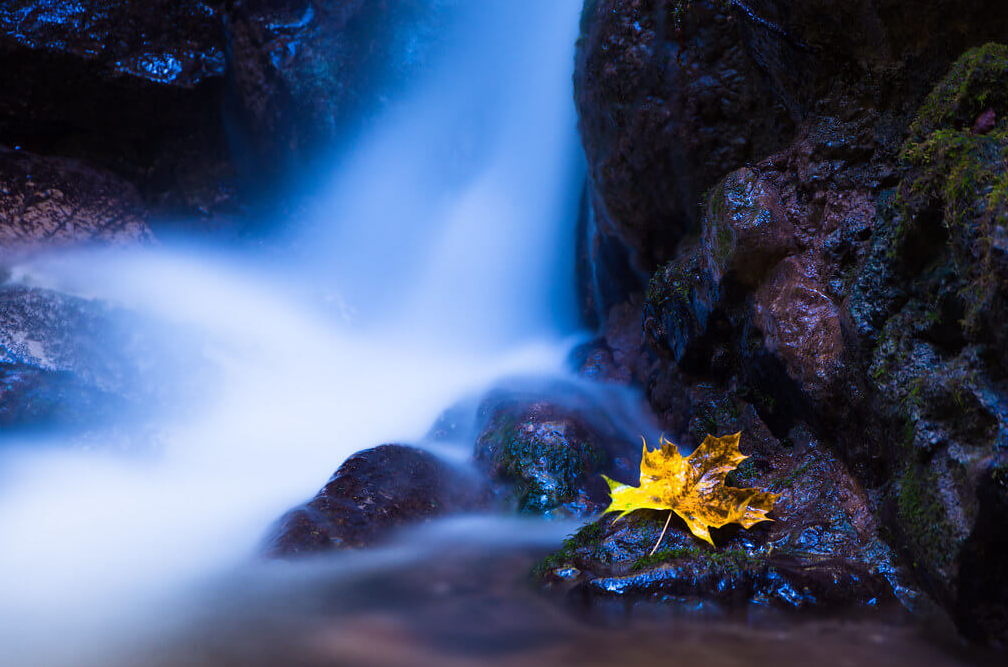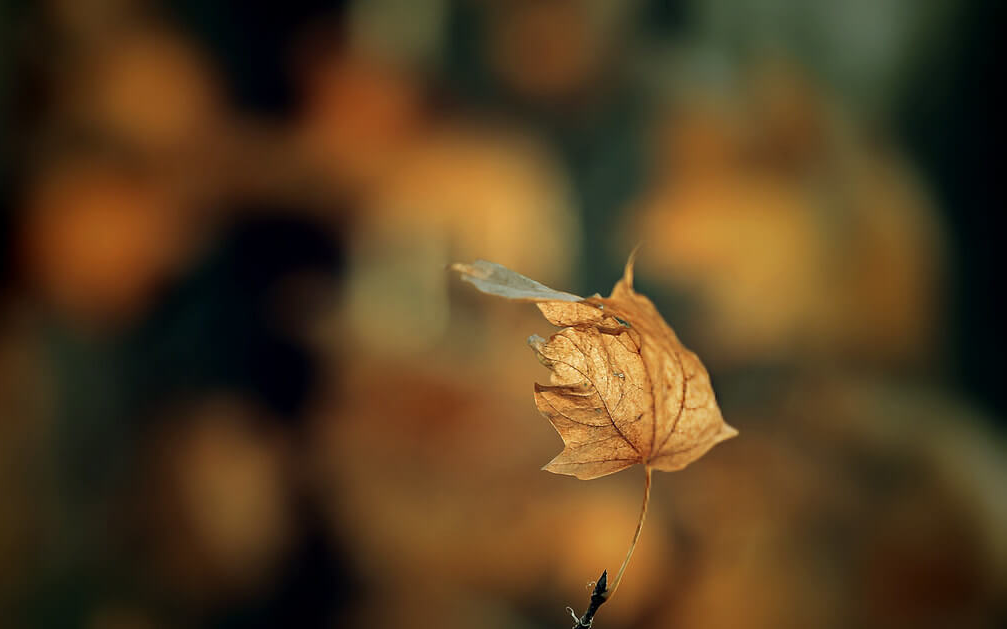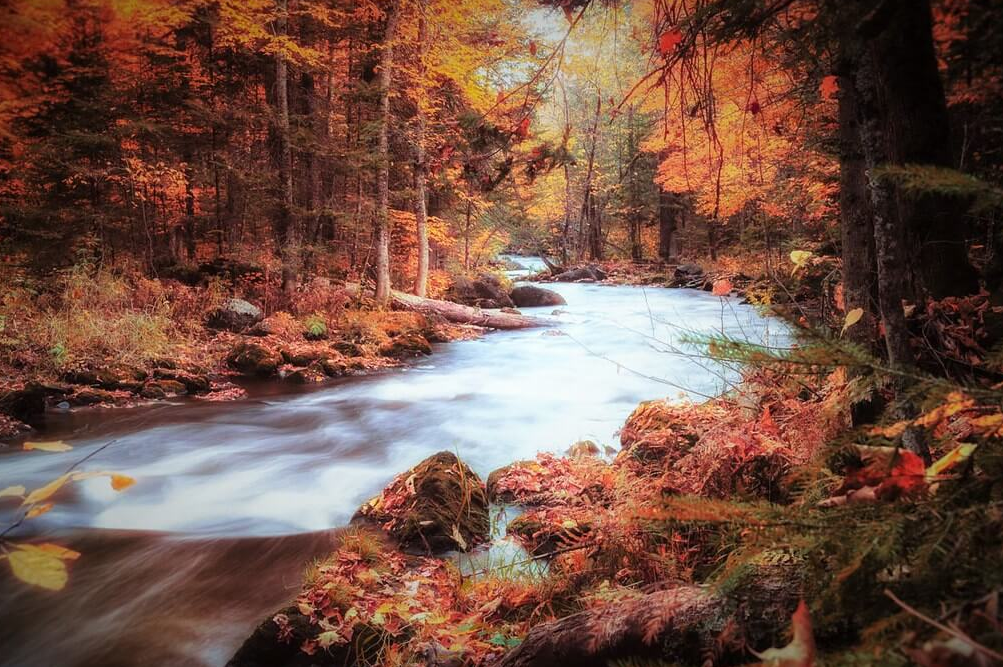Photographers have a rare opportunity to capture the colors of fall. A scene can be transformed into an explosion of color by using vibrant colors. How can you make the most of this stunning season? You can use many techniques to make your photos stand out from the rest. Some are simple, and others are more complex. You’ll discover a comprehensive guide on how to take great photos of autumn leaves, including tips for lighting and composition.
Be aware of your Light
Autumn is short lived, so it is not a good idea to stay inside due to bad weather. Any lighting will produce a stunning image. Just adjust your evaluation of the scene to maximize what you already have.
Fall Foliage Lighting with Overcast Weather
Lighting can have a big impact on how vibrant the colors are when you photograph fall foliage. Overcast days are not the ideal lighting conditions for photography of foliage, but they can be a great way to bring out the vibrant colors in the leaves. The overcast light eliminates harsh shadows, and brings out the vibrant colors and tones that would otherwise be hidden by bright sunlight.
The benefits of overcast lighting are not limited to the daytime. Blue hour, that small window between sunset and sunrise before or after the sun rises, can give fall foliage a beautiful blue/purple tint.
Wet leaves will also be more colorful than ones that have dried in the sunlight. When combined with an overcast light, you can get some amazing color.
swapnil deshpande – A graceful exit
Autumn Foliage in the Sun
The right composition and technique can make sunlight have an amazing effect on the colors of autumn. Direct lighting increases shadows and highlights and expands the range of tones and drama in an image. The golden hour is a great time to flood your camera with sunlight rays, which will make autumn leaves appear gold.
You’ll encounter exposure issues when shooting in direct sunlight, particularly at dawn and dusk, as the sun angle creates more shadows and highlights. You may run into issues such as an overexposed or underexposed sky. Or you might have blown highlights due to reflections.
You have two options to correct this – either using GND or exposure blending. You can choose either technique if you are taking landscape photos. The best option is to use exposure blending after post-processing if you don’t have a DSLR.
Alexander Cahlenstein – Autumn in Sweden

How to Use Weather
The unpredictable and instabile weather of autumn is well-known. Even though rain, frost, mist and other weather conditions can appear without warning, you still have the option to take photos. Landscape photographers actually look forward to the pleasant surprises, as these conditions provide unique opportunities for photos.

Autumn Foliage in Mist & Fog
Autumn is not only a time of vibrant colors, but also a season with many misty dawns. A forest or water covered in thick fog can make for a beautiful photo.
Fotis Mavroudakis: Colorful Fall Path

Frost on Fall Foliage
Even later in the autumn, frost can cover the mornings due to the abrupt drop in temperatures overnight. It’s perfect for golden or blue hour images of autumn. The frost looks great on the leaves of autumn, but also the grasses and foliages that have not yet been exposed to the freezing temperatures.
Loren Kerns – November Frosts

Fall foliage at its peak
Even though the leaves are gone, you can still capture beautiful photos. Landscapes can be created by combining the starkness of barren tree trunks with colors on the ground.
Water can saturate leaves’ colors, as we have seen above. Wet foliage is a great canvas. Combine this with overcast lighting (which brings out the vibrant colors) and you have a portfolio of colorful fall foliage.
Forest of Autumn – Michieru
Peak foliage can last anywhere between a week and a month. You have ample time to experiment with different compositions and perspectives once it arrives.

It’s also good to be aware that, once the leaves have changed color, their vibrancy doesn’t increase. Once they drop, their color will only last a few days. Your window to capture colorful foliage is actually shorter than peak season.
Be aware that the foliage in a small radius can be very different due to elevation differences and tree types. While the top of a mountain range is vibrantly colored, the center of town below may barely have turned.
Autumn Techniques
What special techniques are you able to use to capture autumn photos in an original and compelling way?

Panoramas
One of the best autumn pictures to take is a panoramic view. You can stitch together panoramic photos to capture autumn leaves when you are photographing mountains and hills.
There are a few rules to remember when taking a panorama photo. You can do this by using manual settings and locking the focus. Follow this Photography Pro tutorial for more details on shooting panoramas.
Panorama photos don’t just have to be about mountains. Panoramas can also make forests look spectacular.
Michael Mueller – golden hill

Polarizer Filters
A polarizer is an excellent tool for deepening colors and reducing exposure. This can be a great benefit in the autumn. What works well with fall foliage, however, is that the polarizer filters reduces glare from light reflecting off of leaves. A polarizing lens can restore vibrancy to colorful leaves washed away by reflections.
Mayastar Lavi – Autumn again
You can slow down your shutter
Autumn’s colors are a great way to be creative. You can create a powerful and surreal image by using a low shutter speed. Slow shutter speeds are great for capturing falling leaves and tree branches with colored leaves that sway in the breeze. You shouldn’t overlook moving water either.
R Casey: The flow of Autumn
You’ll need to use a slow shutter speed during daylight hours to get this kind of movement. A small aperture is not the best option. You’ll have to choose ND filters with varying strengths depending on the shutter speed you desire. Do not be afraid of stacking your filters for long exposures. Be careful of unwanted vignetting.
Don’t forget, of course, to use the remote cable release, lock your mirror and mount it on a tripod.
Autumn Bokeh
Autumn is the best time of year to experiment with bokeh. Autumn is a great time to photograph bokeh. Autumn leaves are a beautiful mosaic of colors and shapes. They also make a great backdrop for outdoor portrait sessions.
svklimkin – Wife
How to Compose your Autumn photo
Autumn photographs can be stunning, but they are not your only option. The season of autumn color can be captured in many different ways.
Simple is best
The simplicity of a minimalist composition can have the same impact as an autumnal vista. In the pursuit of a complex photo, we often ignore isolated trees, macro photos , or images.
You can isolate your subject using a large aperture. It is an excellent technique for confined photography. Bring a lens that is fast, like the 50mm F/1.8. You will be able to get some sharp, isolated images.
You Can Change Your Viewpoint
The simplest ways to improve autumn photography can be the most effective. You can get a new perspective by changing your viewpoint from eye level to high up or low down.
Yane Naumoski – Day 294: Autumn dance
Hijack Some Foliage
Autumn is a great time to travel because you can bring the leaves with you, or at least some of them. You can transform a bland composition into something interesting by positioning one or two leaves in an unusual way. It works best with wide-angle lens. The Sigma 10-20mm lens is my favorite.
The Yankee Foliage blog, which is written by a nature/landscape photographer, will give you valuable information about how weather conditions affect foliage.
Autumn is here and it’s too short for you to miss a photo. You can find stunning compositions in any situation, be it a mountain view or your own backyard.